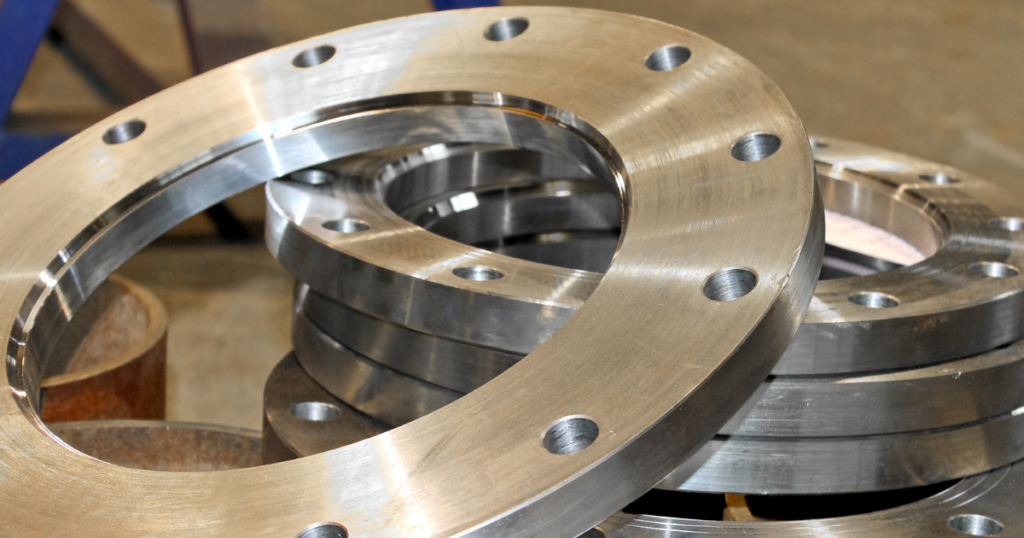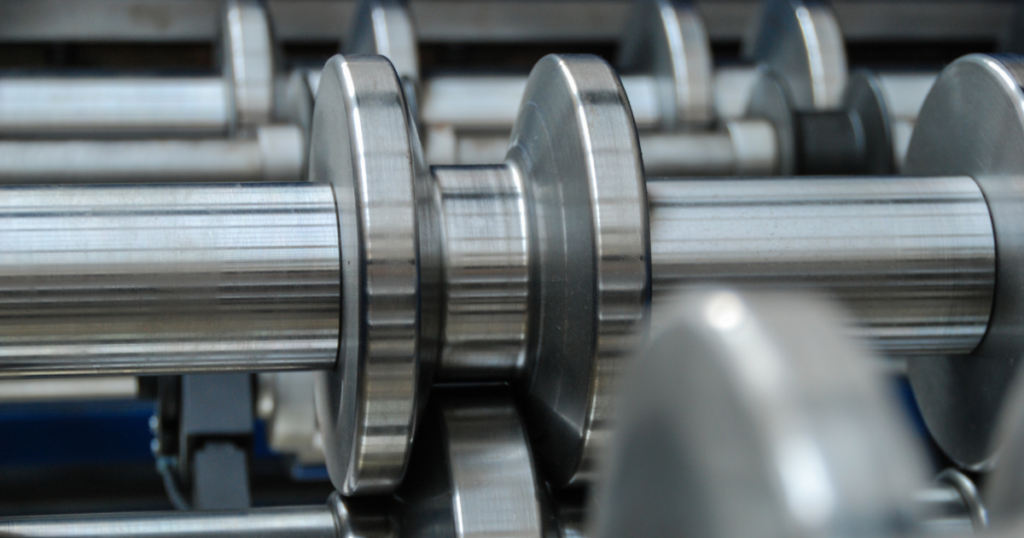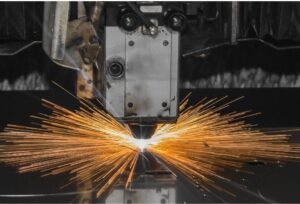
There are various types of sheet metal processing, including cutting and welding. Among them, "bending," which bends metal sheets and tubes, is one of the press work processes and is also called bending process.
In this article, we will explain the types of bending, how to calculate bending R, and the limits of bending. If you are thinking of trying bending in sheet metal processing, please read this article to the end.
For more information about Taiga, click here.Table of Contents
What is bending in sheet metal processing?
Sheet metal processing is a processing technology that creates products of various shapes by cutting, bending, drilling, and other processes on metal sheets. Among them, bending is,Important process for bending sheet metal to create the desired shapeand is also called a bending process.
This bending process can produce products in a variety of shapes, such as box shapes and L-shapes. Familiar examples of bending are used for smartphones, automobile body parts, and the exteriors of home appliances.
Bending is performed using specialized machines. A typical machine is called a press brake, which can bend sheet metal to precise angles and shapes. The accuracy of the bending process is an important factor in determining the quality of the final product, so advanced technology and experience are required.
Types of Bending in Sheet Metal Working
Bending in sheet metal processing can be divided into the following three main types
▼ Types of bending in sheet metal fabrication
- bending (of a wire)
- Flange molding
- rear bend
bending (of a wire)
What is mold bending?A processing method in which a metal material is fixed to a mold and bent under pressure.It is. V-bending, U-bending, and L-bending can be performed depending on the shape of the mold.
In the die bending process, it is important to select the appropriate die in consideration of the sheet metal material, thickness, and bending angle. Care must be taken because incorrect selection of a die may result in damage to the sheet metal or lack of accuracy.
Die bending is also the most common bending method and is suitable for products with relatively simple shapes. It can be easily adapted to mass production, and bending can be performed with a high degree of accuracy.
Flange molding

Flange forming is,Processing method also used for products that create complex curvatures, such as automobile bodiesIt is.
Flanges are provided to increase the strength of sheet metal and to facilitate joining with other parts.
For example, when making a box-shaped product, a flange can increase the strength of sheet metal and stabilize the box shape. In addition, by drilling holes in the flange, it can be easily joined to other parts by screwing or other methods.
In addition to the basic "bending flange", flange forming includes "extension flange forming", which bends inward, and "shrinkage flange forming", which bends outward.
rear bend

What is feed bending?A processing method in which plates and metals are sequentially bent in a line without being fixed to a die.It is.
The processing method of bending metal using three rollers is called "roll bending," while the method of using multiple rolls in succession is called "roll forming.
Feed bending is a technique that can be used to process a wide range of products, from simple circular cross sections to complex cross-sectional shapes.
Calculation method of bending R
In the bending process, bend radius is an important factor that determines the quality and strength of the product. Determining the appropriate bend radius at the design stage is essential for producing high-quality products. Here, we explain the definition and calculation method of bend radius.
What is Bending R?
What is bending R?The radius of the curved portion formed by the bending process.It is.
When sheet metal is bent, compressive stress occurs on the inside and tensile stress on the outside. This stress concentration can cause the sheet metal to crack or break if the bending R is too small.
On the other hand, if the bending R is too large, the shape of the product may be inaccurate or its strength may be reduced.
The appropriate bend radius depends on the sheet metal material, thickness, bend angle, and product application.
Bend R must be determined during the product design phase. The designer should consider the sheet metal material, thickness, and bending angle to determine the appropriate bend R.
Calculation Formula for Bending R
The formula for bending R is as follows
| L=A+B+(R+T×λ)×2п×θ/360 |
L = Developed dimension
A・B = Length of the portion free of bending stress
R = R (radius) in bending
T=Thickness
θ = bending angle
λ = neutral axis shift rate (%)
The bending expansion dimension can be calculated by finding the distance from the bend R to the neutral axis. For straight sections A and B, use the values as they are. The neutral axis shift rate (λ: lambda) of the bend section depends on the material thickness, hardness, bend angle, and internal bend R.
Two Limitations of Bending
Processing limits refer to the range of dimensions, shape, and accuracy that can be processed, as determined by the characteristics of the material and the performance of the processing machine. Here are two limits of bending processing.
▼Two limitations of the bending process
- Limit of groove width depending on thickness to be processed
- Limitations of machining range due to die interference
Limit of groove width depending on thickness to be processed
If the thickness of the plate to be processed is too narrow than the width of the die,The metal material warps or bends deeply and reaches its limits.
Therefore, an appropriate die groove width within the limits must be selected for the bending process.
Limitations of machining range due to die interference
The machinable limit due to die interference depends on the design details and the processing manufacturer.
Jagen's Cross-Sectional Shape Sheet and Return Bend Limit Graphs.to see if bending is possible or if it can be bent with a regular mold, so you can give it a try.
Summary
In this article, we explained the types of bending, how to calculate bending R, and the limits of bending.
What is bending in sheet metal processing?Important process for bending sheet metal to create the desired shapeIt is. There are three types of bending processes: die bending, flange forming, and feed bending, and the method must be selected according to the purpose.
Before bending, the bending R, which indicates the radius of the curved portion formed by the bending process, must be calculated. When performing bending, research well in advance and make careful preparations.
Taiga" is the supplier of a small number of products
Taiga" is a manufacturing platform for component remanufacturing and high-mix low-volume production. It enables the development of difficult or new parts, small-lot production, prototyping, and mass production to proceed efficiently and cost-effectively.
If you are considering manufacturing parts utilizing the bending process, please contact us.Taiga."Taiga is a free service that allows you to consult with experienced contractors.
We can efficiently proceed with the development of difficult or new parts, small-lot production, prototyping, and mass production while keeping costs low.
For more information about Taiga, click here.
 0120-987-742
0120-987-742


